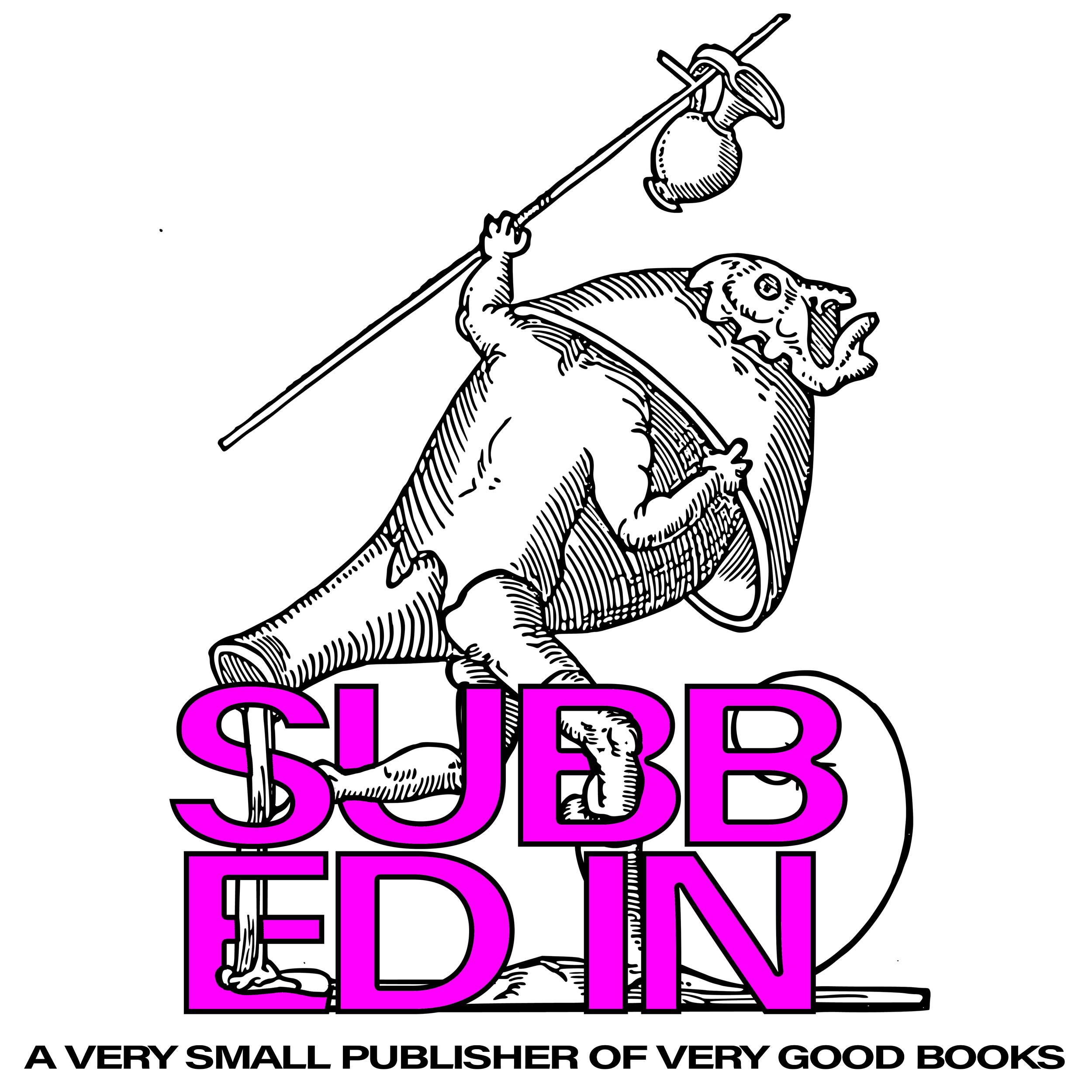About the ibis
T
he first significant convoy of ibis to set up shop in suburban Sydney, occurred in 1970s Bankstown. With their wetland homes ravaged by either drought or development, the ibis was displaced; locked out of its home. It is easy to apply a number of metaphors here: 2014’s introduction of lock out laws in Sydney are emblematic of the state’s contempt for young people. And we’re not just talking about nightclub trading hours or bizarre smoking laws. At the intersections of race, gender, sexuality, and class, marginalised young people in Australia feel ‘locked out’ of quality housing, education, meaningful work, and safe spaces. Caught in the violent argot of late capitalism’s contemptuous ire, the ibis is often labelled a “nuisance”; a trash-eating pest with little “usefulness” in today’s ongoing capitalist-colonial project called “Australia”.
It is not uneasy for those who finds themselves living at the edges of a supremely white, cis, heteronormative, capitalist, colonial, ableist, patriarchal hellscape of a world to draw a metaphorical affinity or parallel with the ibis.
The symbological strata of the ibis as an emblem of disenchantment is deep and complex. In a city built upon the invasion and dispossession of indigenous people, an unnerving and tragic irony glows when the ibis is painted as an “invasive species”. To add insult to injury, for many years settler-governments have debated whether to consider the ibis a pest or possibly an endangered species. Again, the settler perception that the bird is a pest due to its propensity to build nests in "inappropriate places” is - to put it in the politest possible terms - fucked up. The only pest with a propensity to build nests in “inappropriate places” was and is white people (who’ve descended from a long and well-recorded line of genocidal empire builders).
Much of the Eora people were murdered by settlers following the first wave of British invasion on Cadigal country, but their language and culture still survives today. Gunyadyu is a comic by an anonymous Redfern artist who uses the imagery of the ibis to explore local issues. The comic’s namesake is drawn from the Cadigal word for “a large bird that excretes a lot”. In a strange and totally unsurprising move, invaders appropriated the Tupi–Guarani word for ibis - ‘jabiru’ - and incorrectly “wrote home” claiming ‘jabiru’ was the local word for the bird. As is an anglo tradition, European colonisers stole the word during South American invasions (Tupi–Guarani is a language group spanning Peru, Brazil, Bolivia, French Guiana, and Paraguay). ‘Jabiru’ stands among other unsavoury and disdainful settler nomenclatures such as ‘bin chicken’, ‘Bankstown bin diver’, and ‘detritus drake’, which persist among communities today.
According to the NSW National Parks & Wildlife Service, ibis are found in Tasmania, up the East Coast and across Northern Australia, and in areas of the West Australian coast. Their range also extends to Papua New Guinea, Solomon Islands and westward to the Moluccas Islands in Indonesia. Occasionally they are found in New Zealand.
Continental Australia is comprised of more than 400 countries, each with their own language and culture. We encourage everyone to respectfully engage with their local community’s language, history and people.
Here are words from a small number of nations which describe the ibis:
Bundjalung: junar
Alyawarr: pwetepenh. Kwatyelarl rtnenherreyel irrpwerl pwetepenh. “Black ibises are standing in the water.” White ibis are kwenymarr.
Burarra: garrarla mu-gungarlcha
Tiwi: tumwapinila
Walmajarri: purlungpurlung
Warlpiri: walaparra
Wik Mungkan: minh kayyuw
Dharawal: binyang (meaning “bird”)
Wagiman - nimbarrguy
Yindjibarndi - mardungurra
It is the opinion of the Victorian government that the species be considered a problem as the birds are known to snatch sandwiches from picnickers. Hell yeah, we say. It is in this spirit of reclamation and resilience that we arrive at the symbol of the ibis. Ibis make it through the tough times. Let us and let others reclaim space from the white cis het male dominated hellscape in which we live and make something good; find a tasty morsel of hope amongst the grot. Let’s snatch back the sandwiches from the patriarchal picnickers who’ve taken up space for way too long.
Further Reading & References:
Dharug language classes 2018
https://www.timeout.com/sydney/things-to-do/bayala
Lifework Part II by Audra Mitchell
https://worldlyir.wordpress.com/2017/04/09/lifework-part-ii/
The significance of the ibis by Michael Aiken
http://www.southsydneyherald.com.au/the-significance-of-the-ibis/#.WmRXd5P1WCQ
Dharug and Dharawal Resources
http://dharug.dalang.com.au/
In Defence Of The Bin Chicken by Rae Johnston
https://www.gizmodo.com.au/2017/11/in-defence-of-the-bin-chicken/
The ibis: a native bird misunderstood by Hannah Paine
http://www.smh.com.au/nsw/the-ibis-a-native-bird-misunderstood-20150212-13dl93.html
The ibis was here first. Now it's just doing what it needs to do to survive by Erin Lennox
https://www.theguardian.com/commentisfree/2017/nov/21/the-ibis-was-here-first-now-its-just-doing-what-it-needs-to-do-to-survive
Wild about ibis: Living with urban wildlife by NSW National Parks & Wildlife Service
http://www.environment.nsw.gov.au/research-and-publications/publications-search/wild-about-ibis-living-with-urban-wildlife
Australian Society for Indigenous Languages
http://ausil.org.au/node/3717




